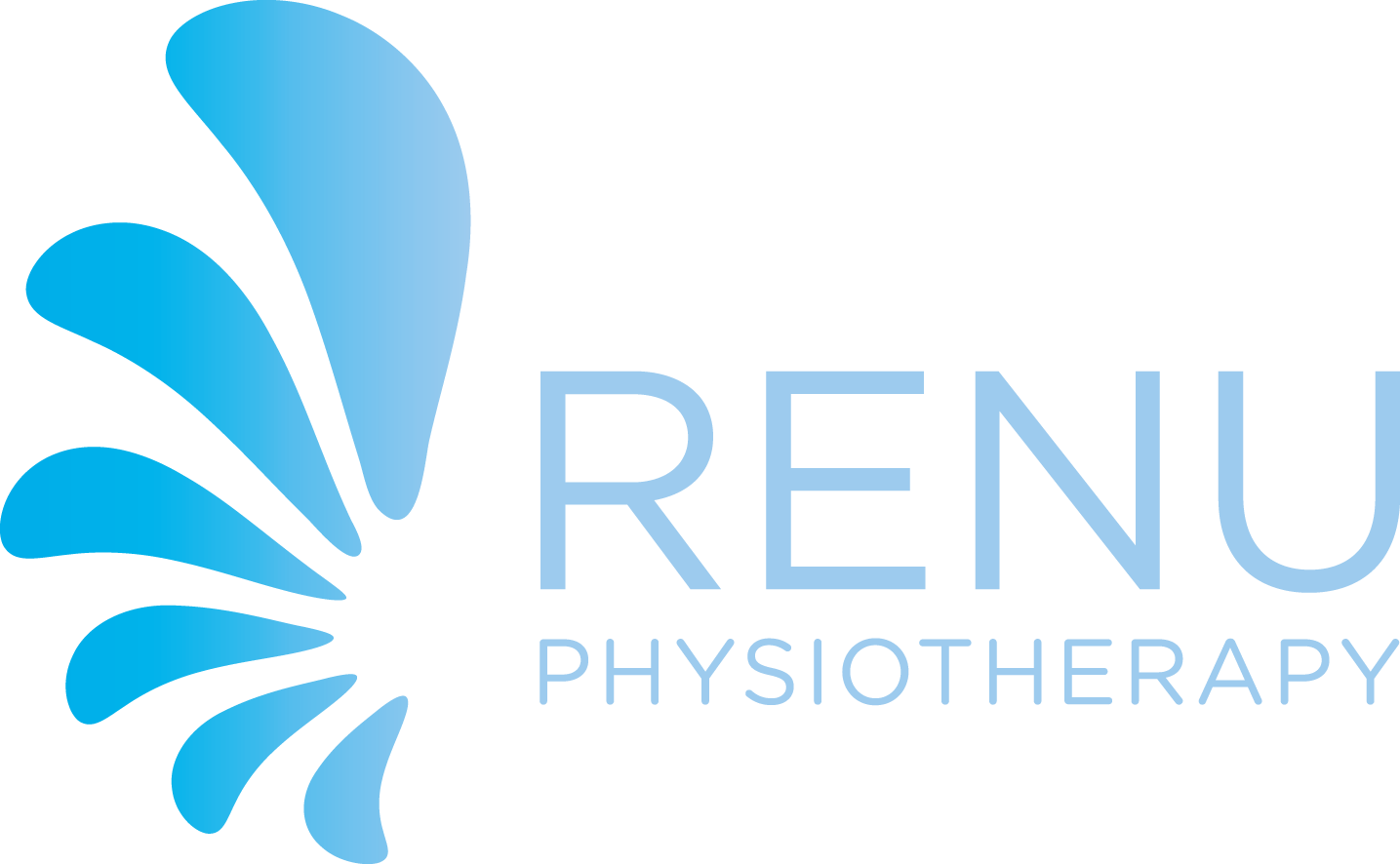Let’s swing!
Let’s swing!
Golf is an extremely popular sport in Ireland. We are lucky to have over 400 courses in the country with several of them being world renowned. The percentage of our population that plays golf is also one of the highest worldwide. Between the beautiful landscapes, the social aspect of the game, the competitiveness through all age groups and the nice bit of exercise: what is not to love about golf! The main key to good playing is of course consistency. Swing consistency that is.
Seeking the expertise of a coach is of course invaluable here but the role of physiotherapists can be very complementary to that input. Coaches can tell you how to move, physios can show you how to make it happen. The complexity of the swing movement can sometimes seem overwhelming, particularly when injuries do occur. But complex doesn’t need to be complicated as understanding the basics of human mechanics can help to quickly identify areas in need of improvement.
In brief, what we need is the right dose of mobility, flexibility, strength and of course technique.
Lets follow through!
There is an innate logic to the way our bodies move. Each body part and section has a role to play in enabling optimal function. Let’s look at that beautiful “kinetic chain” image below: each of its links require alternatively to be either stable (I actually prefer the word “sturdy”) or mobile.
Let’s observe the back swing as an example.
Question:
Of the three “mobile” sections illustrated above, which is the one that moves the most to arm your swing?
Answer:
The thoracic spine or upper middle back. (ok your left shoulder as well…)
If you can’t rotate through your mid back, you wont load that spring mechanism and will have reduced power output.
Whole in One
The majority of golf related complaints can be categorised as “repetitive strains”. This generally happens when one link of the chain works harder than we’d need due to compensation mechanisms. And what gets overloaded can become painful. Treating injuries and preventing them from happening happen to be the same thing: instead of only thinking of treating the symptomatic area, we need to think about how to reduce those excessive demands by looking at the other links of the chain.
If you too wish to improve your performance while reducing those aches and pains and enjoy your sessions more, it may be time to look at that chain of yours!


